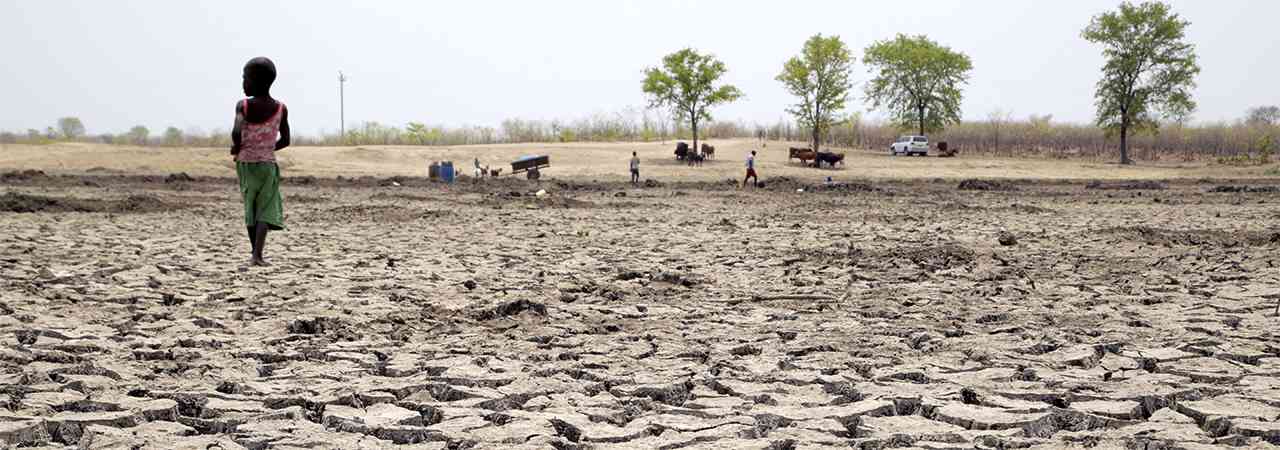
Binga is one of the poorest districts in Zimbabwe yet it has the potential to be the richest.
Lying on the shores of the mighty Zambezi River, Binga is synonymous with starvation because of the poor climate and under development.
The district is generally dry and villagers do little in terms of farming because there are no irrigation schemes and the rains are scarce.
People of Binga feel neglected when it comes to development programmes, with the government delegating most of its responsibilities to foreign donors.
As we report elsewhere, water shortages have become so pronounced in Binga that villagers have to travel up to 20km to get the precious liquid.
Even after travelling such long distances, villagers have to rely on unsafe sources of water and this exposes them to various life threatening diseases.
Villagers also struggle to get water for their livestock and in most cases they have to share the scarce commodity with domestic animals.
The only way the water situation could be addressed is through investment in dam construction and rehabilitation of reservoirs that have been rendered ineffective by siltation.
- Chamisa under fire over US$120K donation
- Mavhunga puts DeMbare into Chibuku quarterfinals
- Pension funds bet on Cabora Bassa oilfields
- Councils defy govt fire tender directive
Keep Reading
Therefore, we salute the work that is being done by donors such as USAid and the World Food Programme (WFP).
WFP and USAid have been working with a partner, LEAD, to build weir dams to harvest rain water and reserve it for domestic use and their livestock during the dry season.
Under the programme, two weir dams have been built at Chisamba and Sinasengwe.
The government should not leave such programmes entirely to donors because as a country we should be able to demonstrate that we can help ourselves.
Binga villagers have to be commended for their active participation in the programmes meant to alleviate their plight.
The government should take the Matabeleland Zambezi Water Project seriously as it has the potential to solve the perennial water shortages in Binga, at least along the pipeline, through the creation of a green belt.










